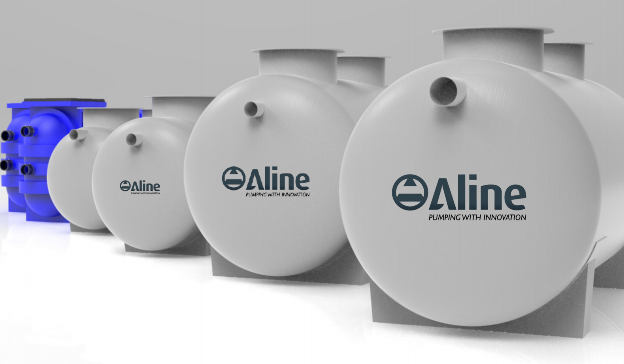When you think of keeping your wastewater clean and free of impurities and debris. You may not need to think about leftovers, fats, oils and other products. However, these objects can have a serious impact on our sewage system. So any food preparation business or food preparation Grease traps are needed.
What a grease trap does with the most basic explanation is that it allows for efficient and safe waste disposal. Prevent wastewater from clogging and overflowing into the environment.
Whether you are looking for a grease trap first or two. (Depending on the size of your workspace), there are a few things to keep in mind to help you stay on track.
First of all, you need to decide whether you want to trap your grease on the ground or underground. Even if the grease trap is on the ground, it is not a problem. But you have to be careful if the grease trap is above the wastewater collection point You will then need a pump tank so that water can be pumped into the grease trap. If you can choose to stay underground Wastewater enters and exits the grease trap under the influence of gravity. This will eliminate any problems that may arise from the presence of additional pumps.
Once you have installed the grease pump You need to set up a cleaning routine. as if you are ignoring this Grease traps can easily be one of the biggest costs in your business. at a minimum You should clean and water your grease trap every 3 months, even if you are very busy. This may need to happen more often. maybe meet once a month
While this may seem trivial. But the benefits of maintaining a good routine with grease traps can help in other areas as well:
- Reduce the risk of damaged or unclean wastewater systems.
- The chances of flooding will be reduced with overflowing and full grease traps.
- Some locations require regular cleaning and maintenance of your grease trap. and if it does not meet the standards You can be severely fined.
To clean your grease trap There are several methods depending on the size and model you have. Although there are certain steps you can follow for all types of grease traps. Remember to do this at the end of the business day. After cleaning all other items, then remove the grease trap cover. Measure the amount of fat accumulated in the trap. Remove the water from the trap with a bucket or similar device.
Then proceed to scoop up the fat. Don’t forget to take the bottom and sides of the trap as well. Polish thoroughly and put everything back in place.

Comments
Post a Comment